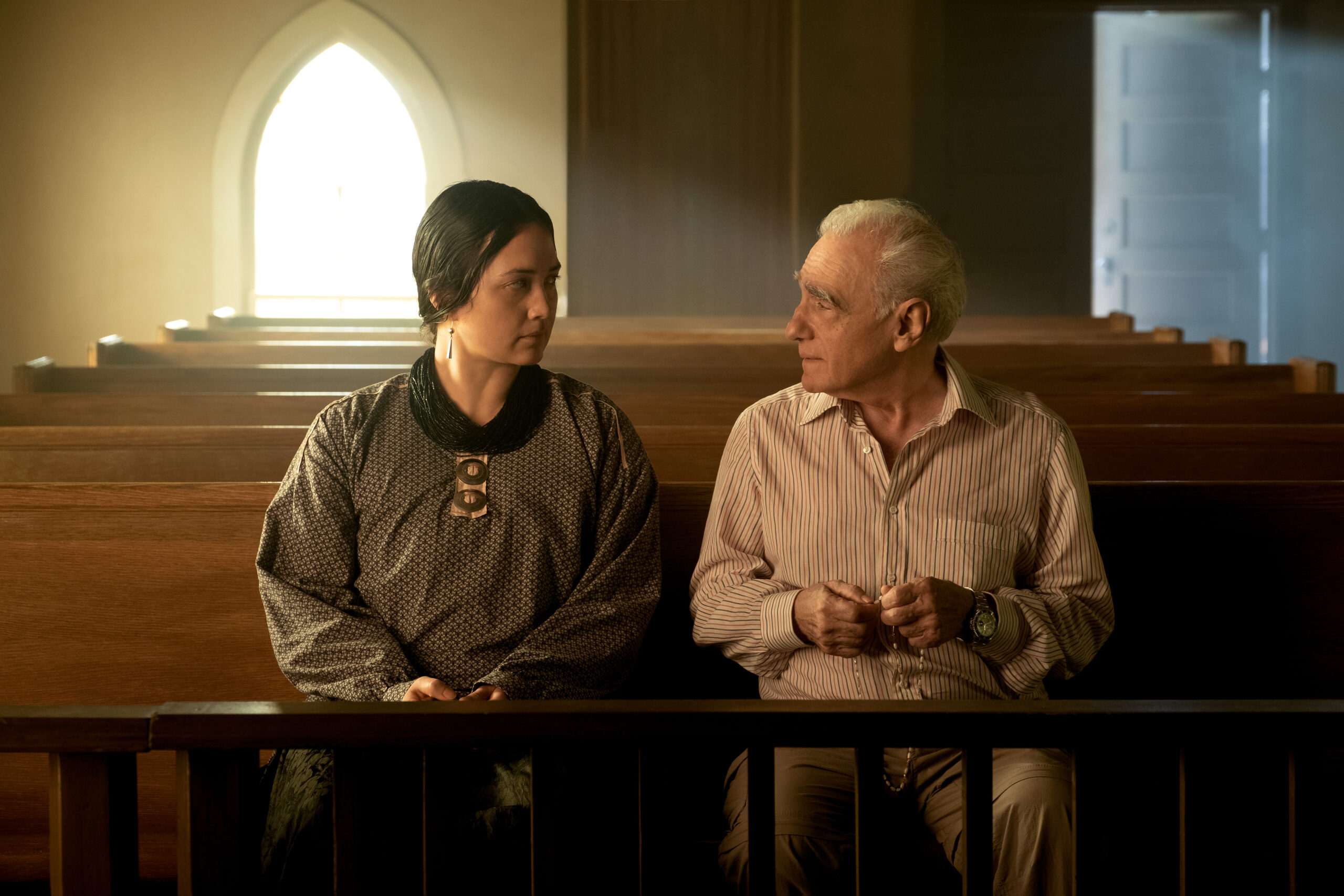Martin Scorsese, award-winning director and fascinating eclectic mind, returns to cinemas with a compelling new intrigue that leads one to want to discover the truth immediately, Killers of the Flower Moon. Based on David Grann’s book The Killers of the Flower Moon (2017), the movie recounts true events, of which the director has recovered many historical documents, including, for example, the true transcripts of the court trial. At the beginning of the 20th century, the discovery of oil in the Oklahoma territory transformed the existence of the Osage people, becoming immensely rich overnight. The sudden prosperity of these Native Americans attracted the interest of the whites american, who began to manipulate, extort and embezzle the Osage’s property by deception, even resorting to terrible murders (Osage Nation massacre).

The discovery of oil was an epiphany of privilege and wealth and all of a sudden the indigenous population boasted of delightful comforts. However, for the American government these riches were to be managed by the whites, so all they had to do was marry off the local women, find a way to get rid of them and inherit their property. But, at some point, the fledgling FBI decides to shed light on the case. That’s the moment that Scorsese’s thoughts creep into the story by reversing the perspective, describing the tragic event through the eyes of the natives, revolutionising and challenging history itself. There is no narrative of the epic and the birth of a nation, there is no toxic relationship between colonised and coloniser, there is instead a family saga, a love-hate chiasm that holds the three characters together. Here, instead of the hero, we have a man without qualities, Leonardo Di Caprio/Ernest Burkhart, the inept and greedy husband; Lily Gladstone/Mollie Burkhart, the robbed and poisoned wife; Robert De Niro/William Hale, the uncle known as “the king”, the gangster pure and simple who declares at one point a terrifying sentence: “we love and admire the Osages only that their time is over.”

“It is the victories and defeats of a nation that reveal the human soul. And Killers of the Flower Moon is the story of various existences that combine good and evil.”

Between the dangers of black gold, the identity of Native Americans, the brutality of politics, the duplicity of gangsters, the epic of the West and civic engagement, Scorsese makes you think throughout the film’s three-hour running time. If at the beginning The Osage Nation seems like the America that could have been and was not, in which whites and natives establish a shared relationship, then we discover that there are no exceptions and that the birth of the American nation is an event that tends to repeat itself in every time and place: “I am greedy” and “I love money”, the confessions of Ernest (Di Caprio), which already contain everything of his tragedy. In Killers of the Flower Moon, we find not only a family saga, but a true cinematic deception where even the director – in his own way – manipulates the story and the viewer. What appears to be the laboured reconstruction of an utopia becomes reality, an imperfect reality made up of love and compassion in their most everyday manifestation. Scorsese stages a historical drama about which we already know everything and in which there is nothing to resolve, because it forces us to reflect on the forms of evil and good, greed and hatred; in Killers of the Flower Moon the most powerful weapon is love.

“Through the characters in my films I have always tried to focus on the human condition. And I have also told my dreams as a boy.”










